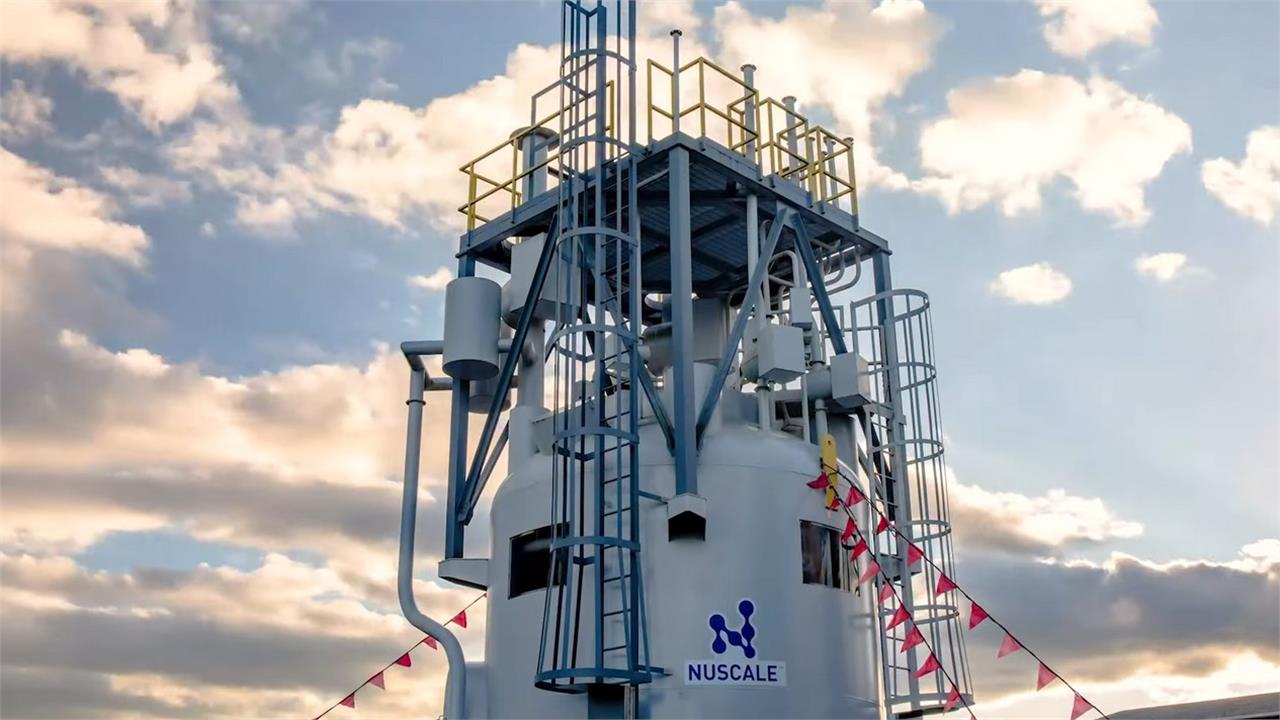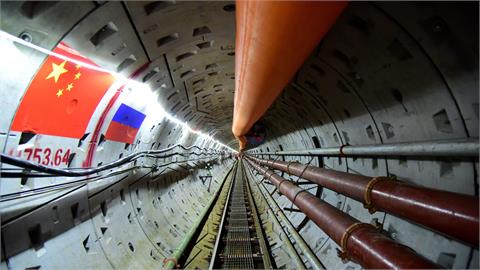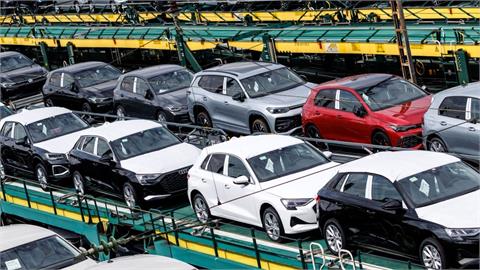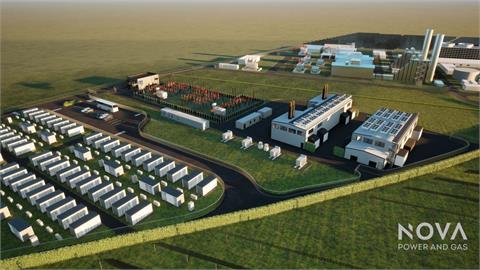Sweden is planning to build several smaller nuclear reactors with either American or British technology, as the Scandinavian country reverses its four-decade-old decision to abandon the technology.
Vattenfall, the Swedish state-owned utility, on Thursday said it would choose between small modular reactors (SMRs) from GE Vernova of the US and Rolls-Royce of the UK and would place them at its existing Ringhals nuclear plant in the south of the country.
“Now it’s happening — with new nuclear power, Sweden will get more stable, competitive and climate-friendly energy generation,” said Sweden’s Prime Minister Ulf Kristersson.
Anna Borg, Vattenfall’s chief executive, said: “This is another step on the way towards the first Swedish nuclear power construction in over 40 years.”
The EU has pledged to buy more American energy technology, including nuclear, as part of a trade deal it struck with Donald Trump’s administration last month. But Brussels has also since clarified that investment decisions remain in the hands of individual companies and governments.
Sweden built 12 nuclear reactors in the 1970s and 1980s but abandoned the technology after the Three Mile Island accident in the US. Some of its remaining six nuclear power plants have had their life extended in recent years as the current centre-right government in Stockholm has sought to revive its use.
In the EU, Sweden has been among the most vocal pro-nuclear countries along with France, with whom it co-chairs an alliance of like-minded ministers.
The Scandinavian country has what experts describe as an unbalanced power system with abundant hydroelectric power mostly locked in the sparsely populated north while the industry-heavy south deals with rising prices as the share of nuclear power has dwindled.
Vattenfall said it would either build five American modular reactors or three British ones next to Ringhals 1 and 2 in between Gothenburg and Malmo.
It is hoping to open the new reactors — which will have a total output of 1,500 megawatts, three times the size of Sweden’s first nuclear plant at Oskarshamn — by the middle of the next decade. The utility said it was already eyeing a further 1,000MW for Ringhals as well.
Nuclear power is experiencing a revival in Europe after a difficult few decades. Denmark, one of the pioneers of offshore wind, announced in May that it would look at ending its 40-year ban on nuclear power as it tries to balance renewable power in its energy mix.
Germany in May dropped its long-held opposition to France classifying nuclear power as a renewable form of energy. While restarting domestic power plants remains taboo in Germany after a decision to shut them all down following the 2011 Fukushima disaster in Japan, the current government led by Chancellor Friedrich Merz is more open to new technologies, including SMRs and nuclear fusion.
EU officials have started to acknowledge that nuclear will play a critical role in the bloc’s energy mix, as it seeks to reduce carbon emissions to zero by 2050. The European Commission in June estimated €241bn of investments would be needed to realise member states’ nuclear plans over the next 25 years.
SMRs, which are built in factories and potentially offer shorter construction times than large plants, have attracted significant investor enthusiasm globally, but many are in design stages or awaiting regulatory approval.
Traditional power plants take much longer to build: Finland finally succeeded in opening the first new nuclear plant in western Europe in decades in 2023 — 14 years later than planned and almost four times over budget.
(Financial Times, August 21, 2025)




